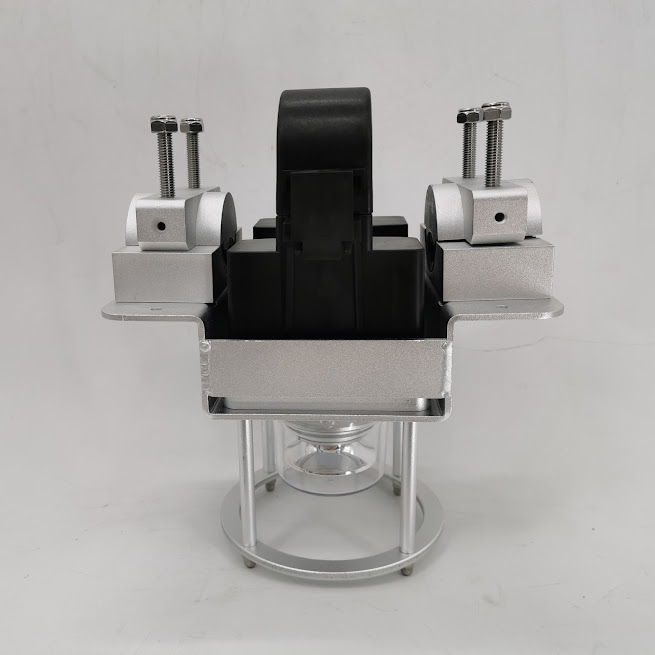Aviation Obstruction Lights on Tall Buildings and Skyscrapers
Aviation Obstruction Lights on Tall Buildings and Skyscrapers
Why is lighting necessary?
Aircraft occasionally fly into the ground and very occasionally fly into buildings and structures. Aeronautical Ground Lights (AGL) can help pilots see buildings sooner and hence reduce the risk of aircraft flying into them.
What sort of lights are there?
Lights are defined by their color, intensity, beam pattern, and whether they flash or not. Typical colors specified are red, white, and infrared. Typical intensities are 32.5 Candela, 2000 Candela, and 20000 Candela. For comparison purposes, the tail light of a car has an intensity of around 25 Candela.
Where are lights usually mounted?
The number of light levels recommended depends on the height of the structure and to ensure it's visible from every angle in azimuth, also the width and length of buildings determine the number of aircraft warning lights installed at the top and at each light level.
For more details:
Website:http://www.cdt-en.com/
Email:sophia@chendongtech.com
Phone/WhatsApp:+86-13929493960
building aviation safety ObstructionLight AircraftWarningLight
.jpg)
.jpg)
.jpg)
.jpg)
.jpg)
.jpg)
.JPG)



评论
发表评论